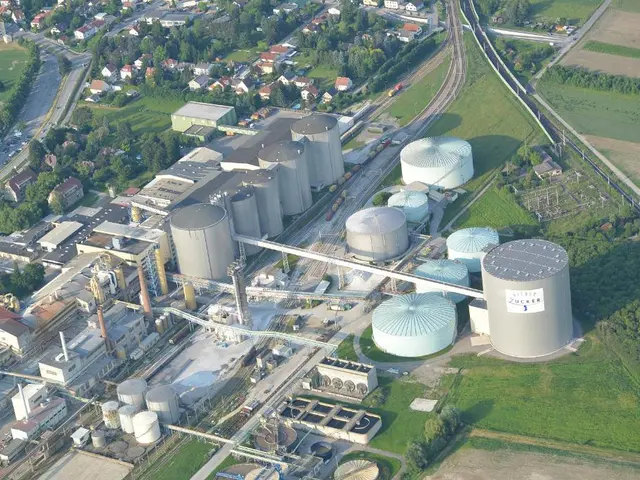U.S. Wholesale Inflation Tumbles to 0.9% Annual Rate in November
The Producer Price Index (PPI), which measures the average change in prices paid by companies to their suppliers, climbed by 0.9% over the past 12 months as of November. This is a decrease from October's 1.2% rise.
Monthly, prices remained unchanged, but slid by 0.4% in the previous month. Experts from Refinitiv predict a meager 0.1% increase compared to October and a 1% rise compared to last year.
Excluding volatile food and energy prices, the core PPI was unchanged in November and grew by 2% year-on-year.
The PPI is a significant inflation indicator as it tracks average price changes before they reach consumers. It acts as a potential precursor for the final price consumers will pay.
Factors Impacting U.S. Business Activity:
While wholesale inflation has dropped, several factors affect U.S. business activity positively and negatively:
Positive Factors:
- Strong Consumer Spending: Personal consumption expenditures grew at a powerful 4.2% rate in the fourth quarter of 2024, indicating robust consumer confidence and spending power[1].
- Supportive Financial Conditions: Financial conditions promote economic activity, especially for businesses that directly borrow money from capital markets.
- Rising Business Confidence: Surveys indicate growing business optimism, with the NFIB Small Business Optimism Index and the S&P Global Flash US PMI seeing positive developments[1].
- Increased Capital Expenditures: Businesses plan to invest more, reflecting confidence and investment strategies.
Negative Factors:
- Interest Rates and Inflation: While wholesale inflation decreased, high interest rates and potential rate increases might impact borrowing costs and business operations.
- Regulatory Uncertainty: The possibility of looser antitrust enforcement under the new administration could lead to unpredictable federal antitrust actions, potentially blocking deals based on political considerations[2].
- Labor Market and Productivity: Uncertainty around labor market conditions and productivity growth rates (ranging between 1.5% and 3%) could impact business operations and investment decisions[4].
- Global Economic Risks: Geopolitical disruptions in supply chains and trade policy shifts pose risks to business stability and growth[3].
Cautious Strategies:
- Embracing Technological Advancements: Businesses must adapt strategically and pursue expansion through technological advancements, such as AI.
- Private Equity and Asset Realignment: The accumulation of private equity capital and the realignment of companies to focus on core operations drive deal and exit activity, but also bring challenges in valuations and dealmaking efforts.
In conclusion, while the drop in wholesale inflation presents a favorable situation, the U.S. business environment is influenced by a multifaceted set of factors, including financial conditions, regulatory uncertainties, and geopolitical risks.








